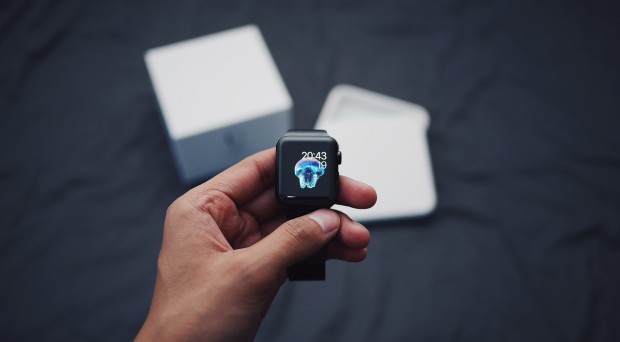
The 2016 Consumer Electronics Show (CES) in Las Vegas got a lot of people talking about wearables.
Wristbands equipped with gyroscopes can record everything from heart rate to GPS-based location – part of the appeal of smartwatches beyond telling time.
On the consumer side, these health-oriented overwhelmingly serve to support fitness: tracking steps, finding the ideal heart rate, and generally providing a personal database of baselines and progress through any sort of training regimen.
There are some obvious – if rudimentary – applications for healthcare providers who endorse and embrace their patients’ use of wearables, based on these same metrics. The larger promise of the technology comes from using wearables to track more nuance biometrics.
The natural next step
The natural next step for wearables is integrating them, through implantation, right into the body. Diabetics could gain a constant, passive measure of blood glucose levels, and even have warnings go off both on their person, and at their doctor’s office/hospital if fluctuations in this measurement become dangerous.
Having multiple sets of eyes on the personal health data being gathered and shared by wearables highlights both their greatest potential and their greatest risk.
The potential volume of data such devices could be a game-changer for medical research: based on forecasts of consumer demand and interest in wearables, the number of new users over the next decade could provide an incomparable body of information. As wearables evolve to track and record ever more metrics, they could support researchers in a growing variety of disciplines.
Integrating analytics into the existing healthcare system is already underway, simply by means of parsing through patients’ Electronic Health Records (EHRs). Integrating wearables even in a clinical environment – to say nothing of the broad consumer market – would be transformative.
In short, rather than small, easily confounded and logistically complex trials of the 20th century, researchers could tap a well of data generated by passive participants.
No more self-reporting, no more limitations of time and space, and no more proprietary data: the relationship between subject and researcher would be mediated by the Internet of Things. Wearables would gather and report raw data, and then researchers would codify and process the information.
So much for the hype
Because wearables today trend more toward gadgets and toys than medical equipment, there are still significant hurdles to widespread utilization.
Consumer electronics have, frankly, a lower bar for accuracy than medical devices. So far, the Food and Drug Administration has largely opted to abstain from regulating the wearables market. Turning the devices into key components of a university health study would oblige them to increase their regulatory involvement with the operation of wearables.
This goes double for realizing the ambition of evolving devices from ‘wearable’ to ‘implantable’ and enabling them to interact with more than the user’s pulse. Calorie counting apps tend to rely on self-reporting, rather than biochemical analysis, for example.
Moving nutritional studies into a less-restrictive, more reliable sphere means getting wearables to track users’ diets as quietly and accurately as they do heart rate. Achieving this is going to take more than Silicon Valley gumption.
Keeping it confidential
Privacy considerations are also more complex for researchers than retailers. Even this consideration may become less of a barrier to participation, however. A generation of smartphone users has grown accustomed to blindly signing User Agreements to access the apps and features of their toys may.
They may well be willing to allow their data to be passively accumulated for medical research as well as consumer monitoring. Knowledge that their online habits are being tracked certainly hasn’t stopped millions from shopping on Amazon or searching on Google every day.
Then again, the security status of personal health data in the digital age is distressingly poor.
Uniting health records with the Internet of Things would only compound existing vulnerabilities. Countless research subjects wearing devices that blindly broadcast personal information around the clock need some reassurance that it is being effectively anonymized when it lands in the data banks of doctors as well as researches.
Right now, security technology is no match for the lack of standards and human error responsible for the millions of breaches occurring annually.
The natural momentum of the market for smart devices may help drive these secondary considerations through further development. In the meantime, physicians will be kept busy conceiving new ways to leverage wearables into greater patient engagement. In a fee-for-service environment, getting patients to associate health literacy with fashion may be progress enough.
Comments